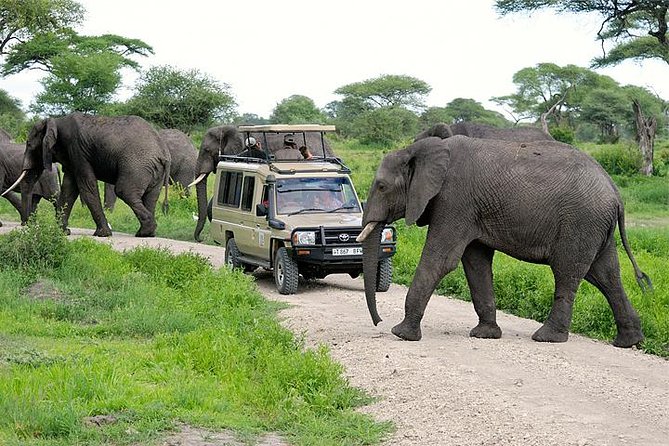Driving In Uganda As A Tourist
Embarking on the roads of Uganda as a tourist presents an extraordinary and diverse driving experience. From bustling urban centers to remote rural landscapes, this East African nation offers a blend of captivating scenery, vibrant culture, and unique challenges for those behind the wheel.
As you navigate through Uganda’s road network, it’s essential to be prepared for the distinctive characteristics that shape the driving environment. Understanding the road conditions, traffic patterns, local customs, and safety considerations will not only enhance your journey but also contribute to a smoother and more enjoyable exploration of this remarkable country. So, let’s delve into the fascinating world of driving in Uganda as a tourist and discover what awaits you on the open roads
Road Conditions
The road conditions in Uganda can vary significantly. While major roads connecting major cities are generally well-maintained, rural areas and secondary roads may have potholes, uneven surfaces, or limited signage. It’s important to exercise caution and be prepared for unexpected road conditions.

Part of the highways have a lot of potholes, so maintaining a low speed will save you from pothole-induced accidents.
Traffic and Driving Style
Traffic in urban areas, especially in the capital city of Kampala, can be congested and chaotic more so during the commuting hours; between 7 am to 10 am and 5 pm to 8 pm. Drivers often use their horns frequently, and lane discipline may not be strictly followed. Expect heavy traffic, motorbikes weaving through traffic, and pedestrians crossing the roads suddenly.
The same applies to highways. You will likely find Taxis and buses overtaking in Redspots. You will likely find people driving in the wrong lane in case of slow traffic. It is recommended to maintain a low speed to reduce the chances of colliding with indisciplined drivers.
Traffic rules and regulations
Uganda drives on the left-hand side of the road. It is essential to familiarize yourself with the local traffic rules and regulations, including speed limits, traffic signals, and road signage. Always carry your valid driver’s license and passport or an identity document.
Police officers will often stop you to ask for your driver’s license. Speed limits in town are between 40km and 50km. Highway speed limits are between 70km/hr and 100km/hr. You simply have to way the speed limit signage on the road.
Wildlife Encounters
Uganda is known for its diverse wildlife, and encountering animals on or near the roads is not uncommon, particularly in national parks and rural areas. Pay attention to road signs indicating wildlife crossings and be cautious while driving to avoid any collisions.

Keep a safe distance from the Elephants since they are the most dangerous animals to encounter on an African safari. They have the highest chance of attacking tourists, therefore always maintain a safe distance from the Elephants just in case they start charging.
Safety and Security
It’s important to exercise caution and be aware of your surroundings while driving in Uganda. Lock your doors and keep valuables out of sight to prevent theft. Avoid driving at night whenever possible, as visibility can be poor, and there is an increased risk of encountering hazards or potential security issues.
Navigation and communication
Having a reliable GPS navigation system or map is highly recommended, as it can help you navigate unfamiliar roads and find your destination. Carry a mobile phone with a local SIM card for communication in case of emergencies.
However, it is important to note that Mapsme and Google Maps are likely to be better options than using a GPS in some places. Due to the lack of communication in some places, a messaging satellite phone is recommended. You can hire a satellite phone from 4x4uganda at $10 per day.
Local driving habits
Familiarize yourself with the local driving habits and customs. For example, it is common for drivers to use hand signals to indicate their intentions, and it’s considered polite to acknowledge and thank other drivers who give way.
Overall, driving in Uganda as a tourist can be an adventure, but it requires attentiveness, patience, and flexibility. It’s advisable to plan your routes in advance, allow for extra travel time, and be prepared for unexpected situations on the road.

 Previous Post
Previous Post Next Post
Next Post